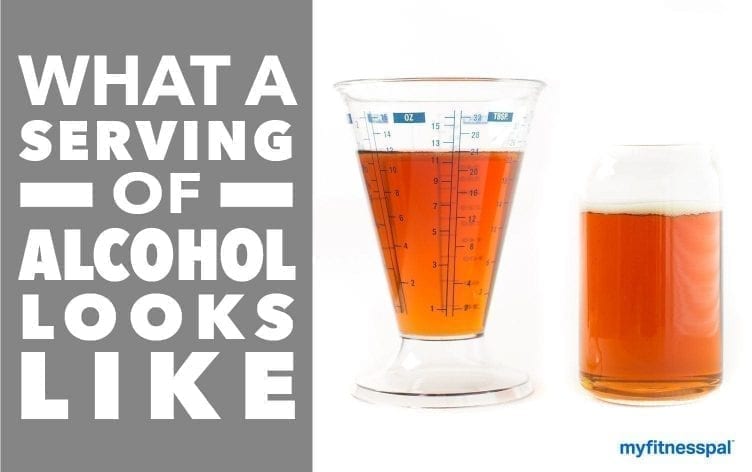Uncover the truth about alcohol intoxication with a scientific breakdown of how many beers it really takes to feel tipsy.

Image courtesy of Miff Ibra via Pexels
Table of Contents
Have you ever wondered just how many beers it takes to get drunk? It’s a question that has puzzled many individuals over the years, and the answer may not be as straightforward as you think. There is a common belief that a certain number of beers will result in intoxication, but the reality is that the amount of alcohol needed to reach that point can vary widely from person to person. In this blog post, we will delve deep into the science behind alcohol intoxication and explore the factors that influence how many beers it takes to get drunk.
Alcohol Metabolism
Alcohol metabolism plays a crucial role in determining how quickly and easily someone becomes intoxicated. When we consume alcohol, it is absorbed into the bloodstream and then broken down by the liver. The rate at which alcohol is metabolized can vary depending on factors such as age, weight, and gender. Generally, women tend to metabolize alcohol at a slower rate than men, which means they may become intoxicated more quickly when consuming the same amount of alcohol.
One key factor in alcohol metabolism is the enzyme alcohol dehydrogenase, which helps break down alcohol into acetaldehyde. This process can be influenced by genetic factors, with some individuals having higher levels of this enzyme than others. Additionally, the rate at which alcohol is eliminated from the body can impact how quickly someone becomes intoxicated.
Individual Tolerance Levels
Another important factor in determining how many beers it takes to get drunk is an individual’s tolerance level. Tolerance refers to the body’s ability to adapt to the effects of alcohol over time. This means that someone who drinks regularly may need to consume more alcohol to feel the same effects as someone who drinks infrequently.
Several factors can impact an individual’s tolerance level, including genetics, age, and past drinking habits. For example, someone with a family history of alcoholism may have a lower tolerance for alcohol than someone without that genetic predisposition. Additionally, age can play a role, as older individuals may have a reduced tolerance for alcohol compared to younger individuals.
Influencing Factors on Intoxication
While the number of beers consumed is a significant factor in determining intoxication levels, there are several other factors that can influence how quickly someone becomes drunk. One such factor is food intake. Eating a meal before drinking can slow down the absorption of alcohol into the bloodstream, potentially reducing the effects of intoxication.

Image courtesy of blog.myfitnesspal.com via Google Images
Another important consideration is the mixing of alcohol with medications or other substances. Certain medications can interact with alcohol and increase its effects, leading to a quicker onset of intoxication. It is crucial to be aware of these interactions and avoid mixing alcohol with medications that can amplify its effects.
Additionally, external factors such as stress levels and environment can also impact how quickly someone becomes intoxicated. High-stress situations can lead to increased alcohol consumption and a faster onset of intoxication. Similarly, the environment in which someone is drinking can influence their behavior and likelihood of becoming drunk.
Conclusion
Understanding how many beers it takes to get drunk is a complex issue that involves numerous factors. Alcohol metabolism, individual tolerance levels, and various influencing factors all play a role in determining how quickly someone becomes intoxicated. It is important to drink responsibly, know your own limits, and be aware of the factors that can impact your intoxication levels.
Next time you’re enjoying a few beers with friends, remember that the number of drinks it takes to get drunk can vary greatly from person to person. By being aware of these factors and drinking responsibly, you can ensure a safer and more enjoyable drinking experience.
Frequently Asked Questions
How many beers does it take to get drunk?
The number of beers needed to get drunk varies based on individual factors like metabolism, tolerance, and body weight. It’s not just about the quantity consumed but also how quickly your body processes alcohol.
Does drinking water between beers help prevent intoxication?
Drinking water between beers can help you stay hydrated and slow down alcohol absorption, potentially reducing the risk of intoxication. However, it won’t completely prevent you from getting drunk if you consume excessive amounts of alcohol.
Are there any warning signs that indicate someone is becoming too intoxicated?
Warning signs of intoxication include slurred speech, impaired coordination, changes in behavior, and difficulty concentrating. If you notice these signs in yourself or others, it’s essential to stop drinking and ensure everyone’s safety.
How can I calculate my personal alcohol tolerance level?
Your alcohol tolerance level is influenced by various factors such as genetics, age, and drinking habits. Keeping track of how your body reacts to different amounts of alcohol can help you understand your tolerance level better and make informed decisions about drinking responsibly.
Powered by Texta.ai Blog Automation
Leave a Reply